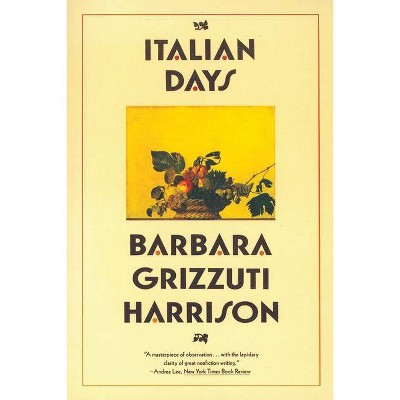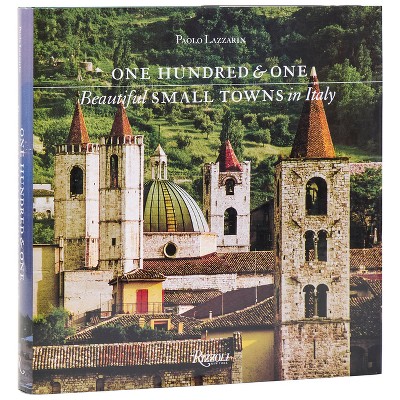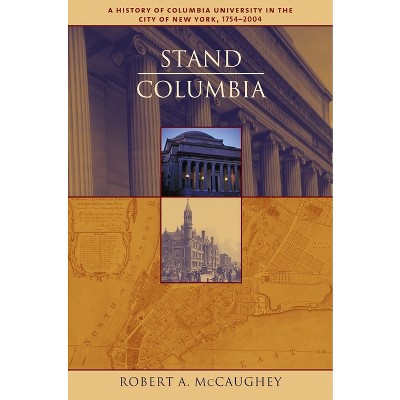Sponsored

Tharros - (Columbiana) by Barbara Faedda & Paolo Carta (Hardcover)
In Stock
Sponsored
About this item
Highlights
- For nearly a thousand years, the city of Tharros in western Sardinia was central to trade routes and cultural exchange, a hub connecting North Africa, the Balearic Islands, and the Eastern Mediterranean.
- About the Author: Barbara Faedda is the executive director of the Italian Academy for Advanced Studies at Columbia University, where she conceived the International Observatory for Cultural Heritage.
- 192 Pages
- History, Europe
- Series Name: Columbiana
Description
About the Book
This is the first English-language book to explore the rich and fascinating archaeological site of Tharros in western Sardinia.Book Synopsis
For nearly a thousand years, the city of Tharros in western Sardinia was central to trade routes and cultural exchange, a hub connecting North Africa, the Balearic Islands, and the Eastern Mediterranean. Its earliest ruins, dating from the seventh century BCE, were likely constructed by Punic settlers from North Africa. The Carthaginians built temples and tombs; the Romans, who arrived in the third century BCE, erected their own infrastructure, such as public baths and aqueducts. Tharros was eventually abandoned around 1000 CE. The site was plundered over the centuries, and treasures from its tombs were widely trafficked.
This is the first English-language book to explore the rich and fascinating archaeological site of Tharros. Distinguished scholars of Sardinian and Mediterranean archaeology examine the history of excavations and the many significant discoveries that have been made on the site. Essays consider the religious beliefs, burial practices, material culture, and daily life of the inhabitants of ancient Tharros. Dozens of color photographs depict the city's architecture and artifacts--buildings and roads from the Bronze Age, the Punic era, ancient Roman times, and the Christian centuries, along with treasured and everyday objects now held in major global museums. Showcasing the achievements of Sardinia's ancient society, this book shines a light on Tharros's distinctive history and culture.Review Quotes
All students of the various cultures of the ancient Mediterranean--Phoenician, Punic, Roman, and others--should read this book to remind themselves of the richness of evidence from the often forgotten island of Sardinia and especially its fascinating archaeological site of Tharros.--Marc Van De Mieroop, Miriam Champion Professor of History and director of the Center for the Ancient Mediterranean, Columbia University, and author of The Eastern Mediterranean in the Age of Ramesses II
Sweeping and insightful. The latest word on Tharros, a breathtaking archaeological site with an amazing history that illuminates Sardinia's rich culture and international connections in the ancient world.--Séan Hemingway, John A. and Carole O. Moran Curator in Charge, Greek and Roman Art, Metropolitan Museum of Art, and author of How to Read Greek Sculpture
About the Author
Barbara Faedda is the executive director of the Italian Academy for Advanced Studies at Columbia University, where she conceived the International Observatory for Cultural Heritage. She is also an adjunct professor in Columbia's Department of Italian. In 2019, Faedda was appointed ambassador, permanent observer for the European Public Law Organization to the United Nations, and in 2022 she was named a Commander of the Order of Merit of the Italian Republic.
Paolo Carta is a professor at the University of Trento, where he teaches history of political thought and serves as dean of the School of Law. He has taught and lectured at the École Normale Supérieure, Columbia University, University of Oxford, Paris Sorbonne, and many other universities. He sits on a number of advisory and scientific boards, including the executive committee of the Italian Academy. Faedda and Carta are coeditors of A Lost Mediterranean Culture: The Giant Statues of Sardinia's Mont'e Prama (Columbia, 2023).Shipping details
Return details
Trending Non-Fiction











